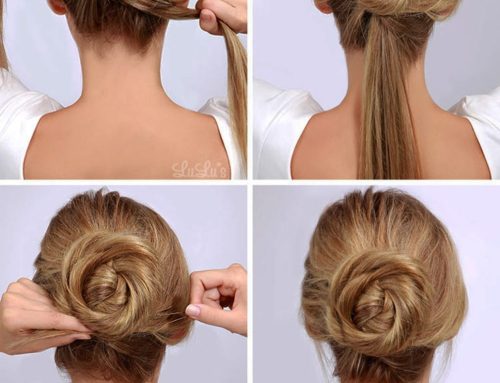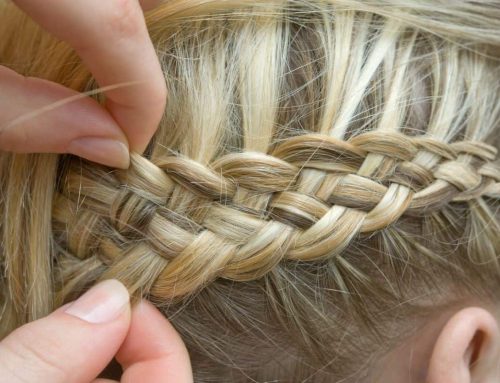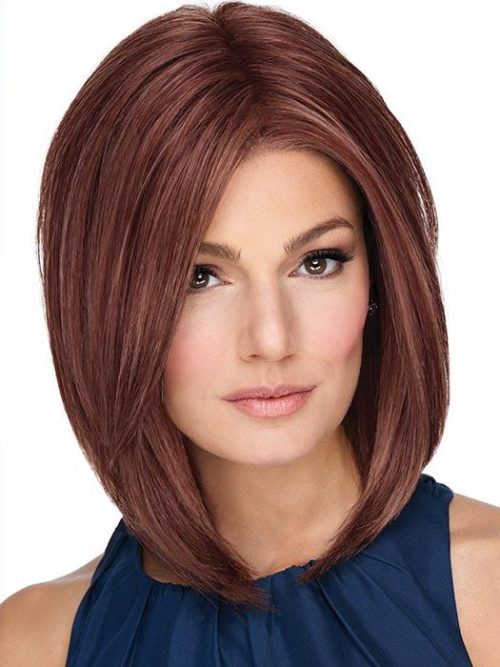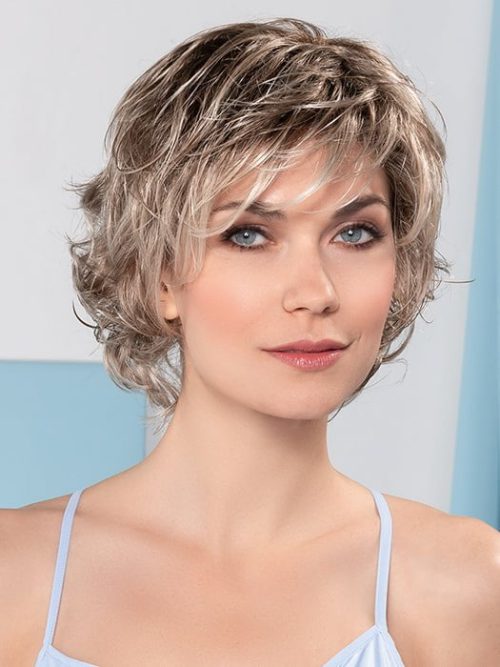Introduction to Hair Coverings for Jewish Women
Observant Jewish women cover their natural hair after marriage, while Muslim women cover their heads and part of their faces as part of dressing modestly in Islam. This practice holds significant cultural and religious importance.
Why Do Jewish Women Wear Hair Coverings?
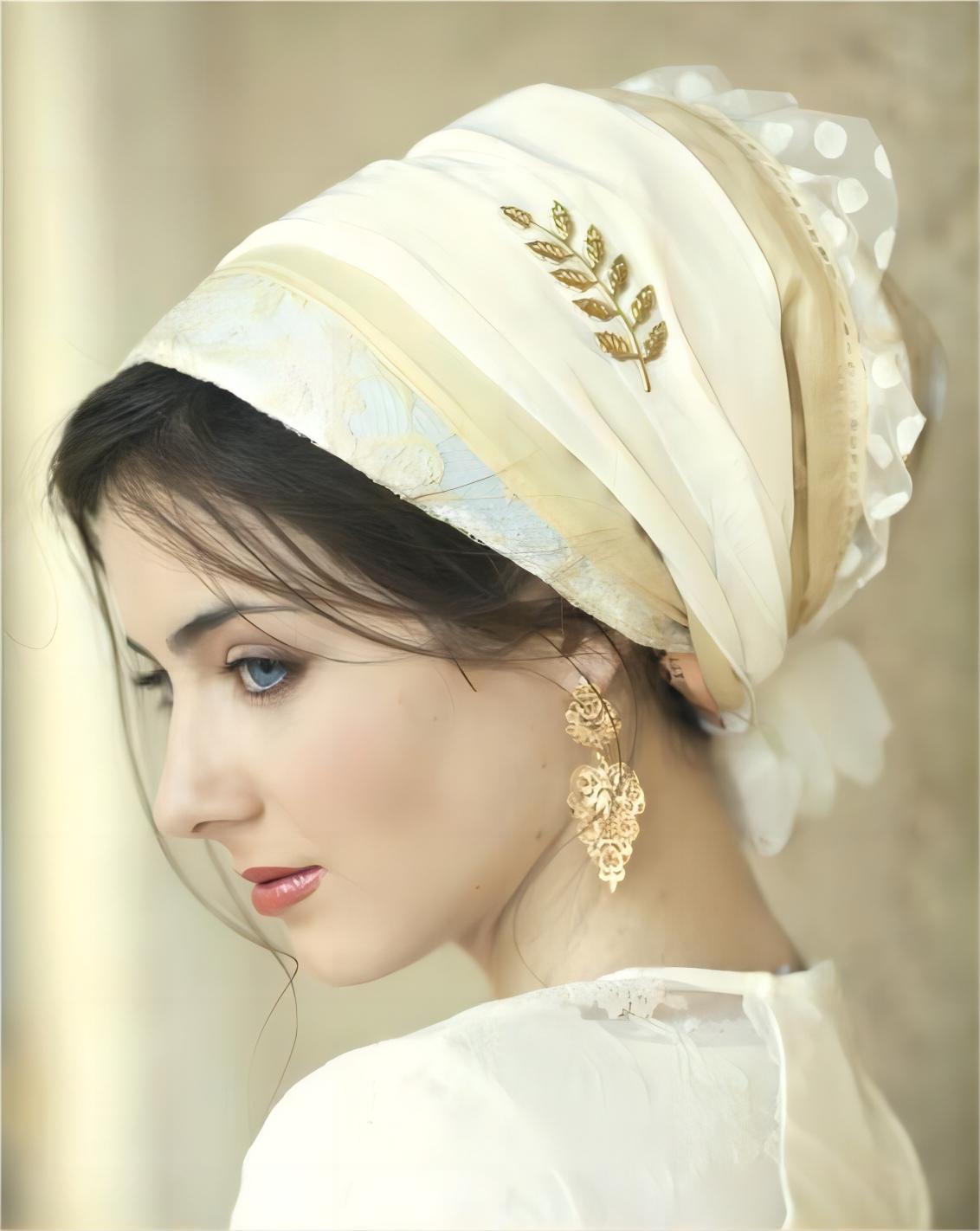
A hair covering, more than just a decorative item, holds deep significance for Jewish women. In Judaism, hair is considered private, and its visibility is associated with eroticism and desire. Therefore, married Jewish women wear head coverings in public, signifying their marital status. Some even maintain this practice at home to demonstrate piety. For them, the head covering symbolizes marriage and acts as a psychological barrier, signaling unavailability to other men.
Types of Hair Coverings for Jewish Women
Orthodox Jewish women have a variety of options for hair coverings, each with its own cultural and religious significance.
1. Sheitel (Wig)
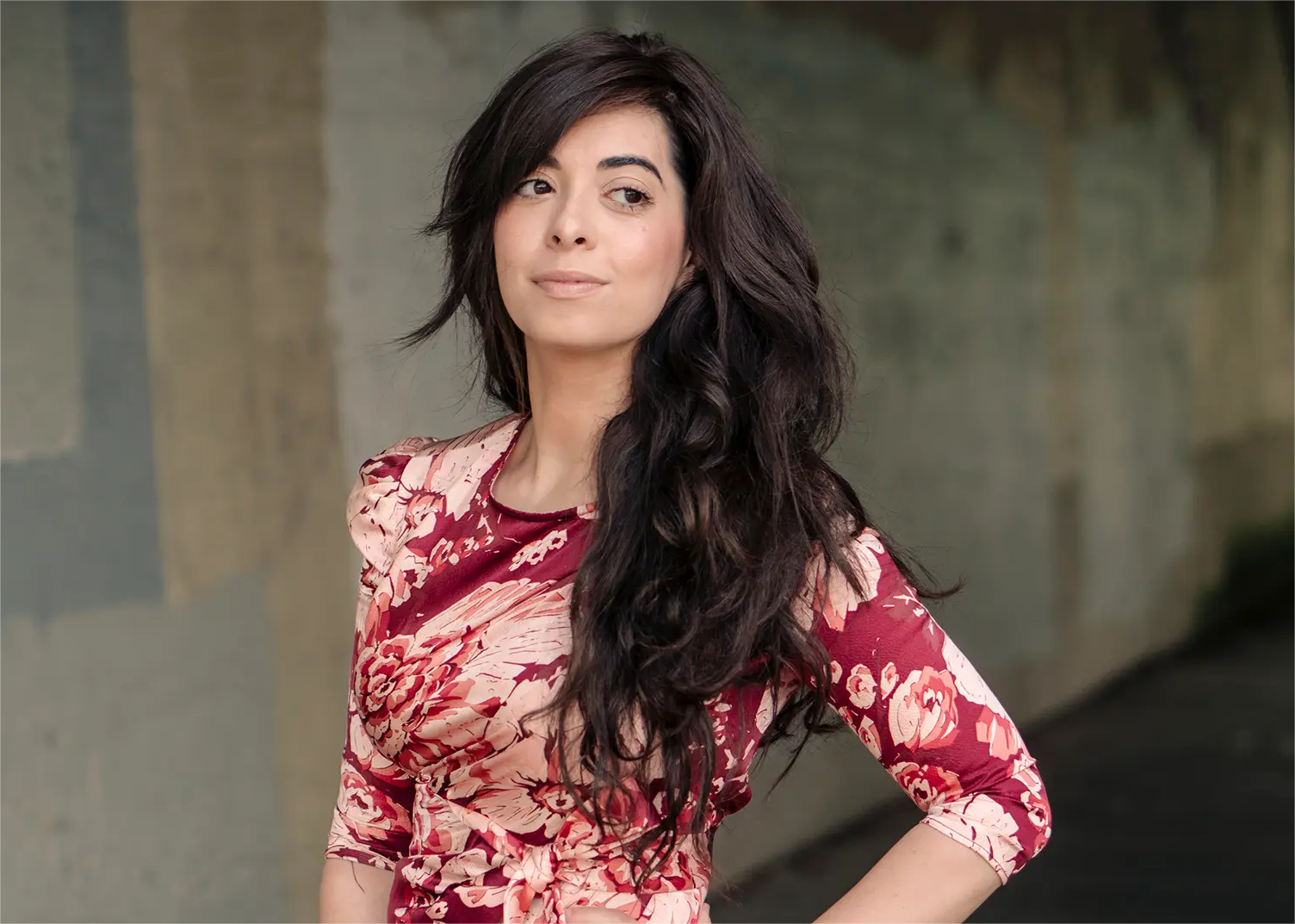
Worn by Orthodox Jewish married women, the sheitel is a wig made from human or synthetic hair. It allows women to cover all their hair while maintaining an attractive appearance. Different communities have varying practices regarding wig styles, with some incorporating natural hair for a more realistic look. Hasidic women often pair their wigs with hats for additional coverage.
2. Tichel (Scarf)
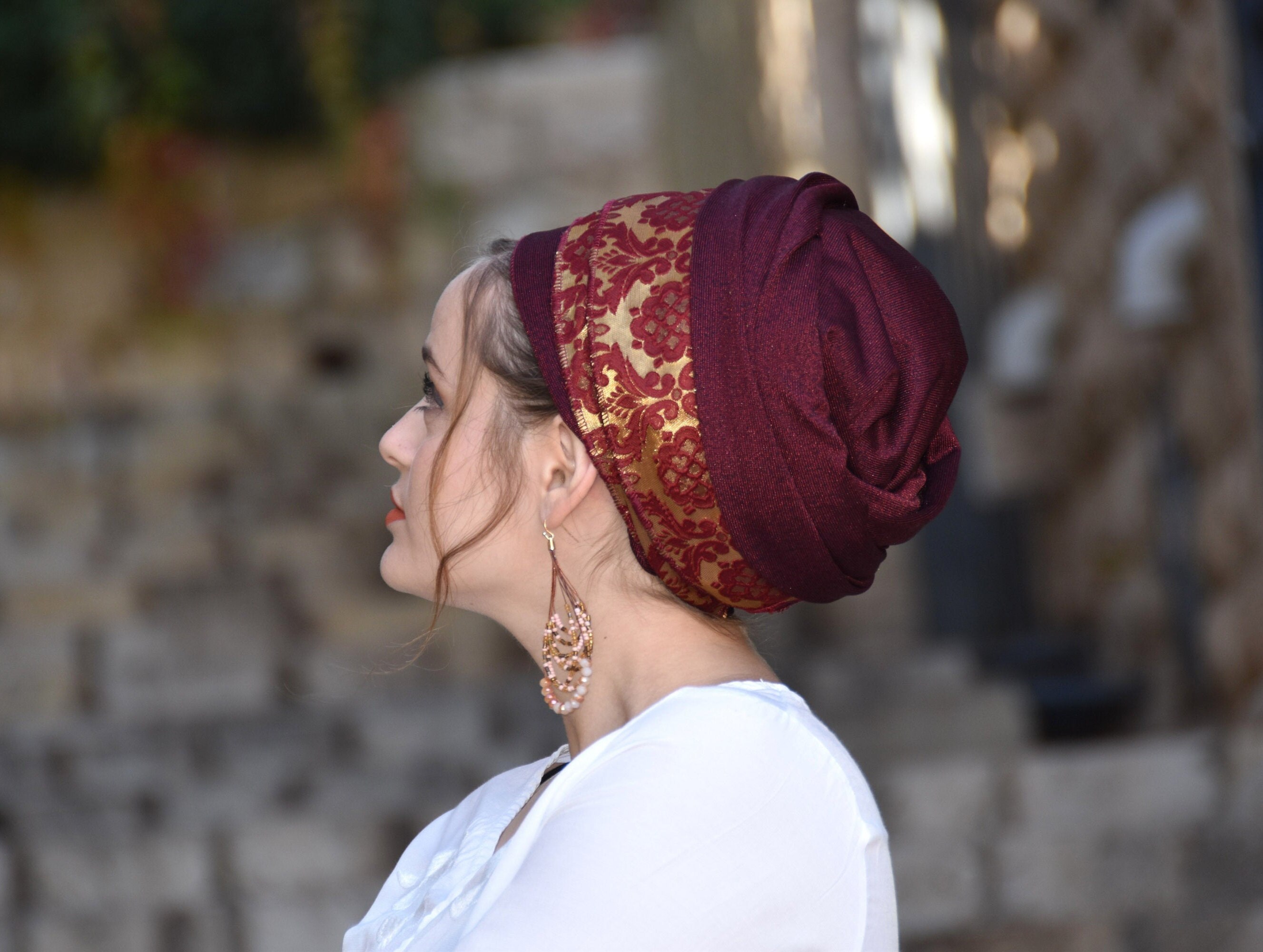
Known as mitpachat in Hebrew, the tichel is a scarf commonly used by Jewish women, particularly in Israel. Some women prefer scarves over wigs based on personal preference or community norms. The style of wearing the scarf varies among Modern and right-wing Orthodox women.
3. Shpitzel (Partial Wig)
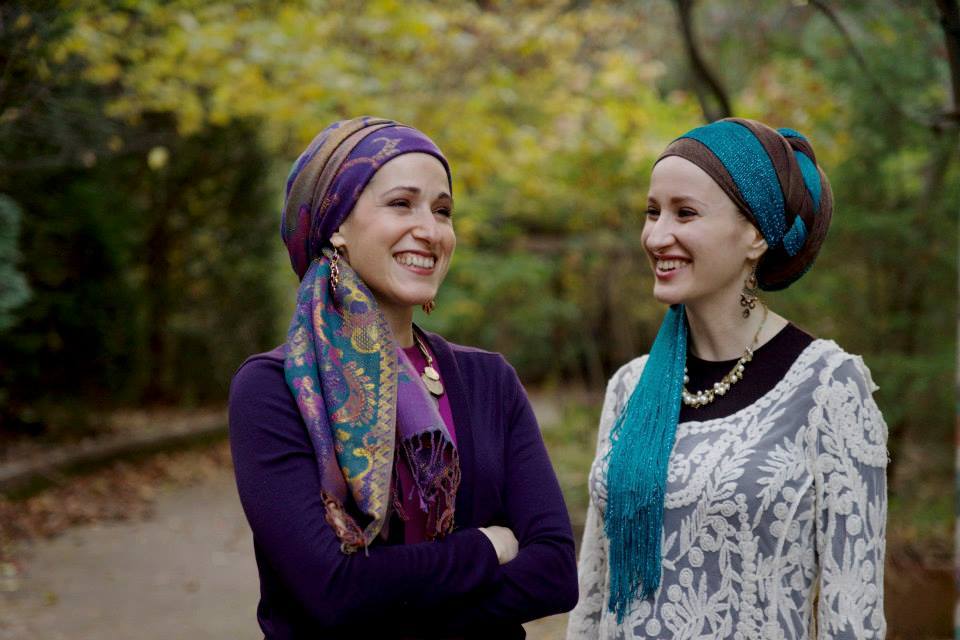
Worn by some Hasidic married women, the shpitzel is a partial wig that covers the front of the head. It is often combined with a headscarf or small hat for complete coverage. The shpitzel mimics the look of real hair and is favored by women adhering strictly to community traditions.
Each type of hair covering carries its own significance within Jewish culture, reflecting the diversity and tradition of the community.
Exploring More Hair Covering Options for Jewish Women
Diverse options exist for Jewish women seeking to cover their hair, each carrying its own unique style and cultural significance.
4. Pre-tied Bandana
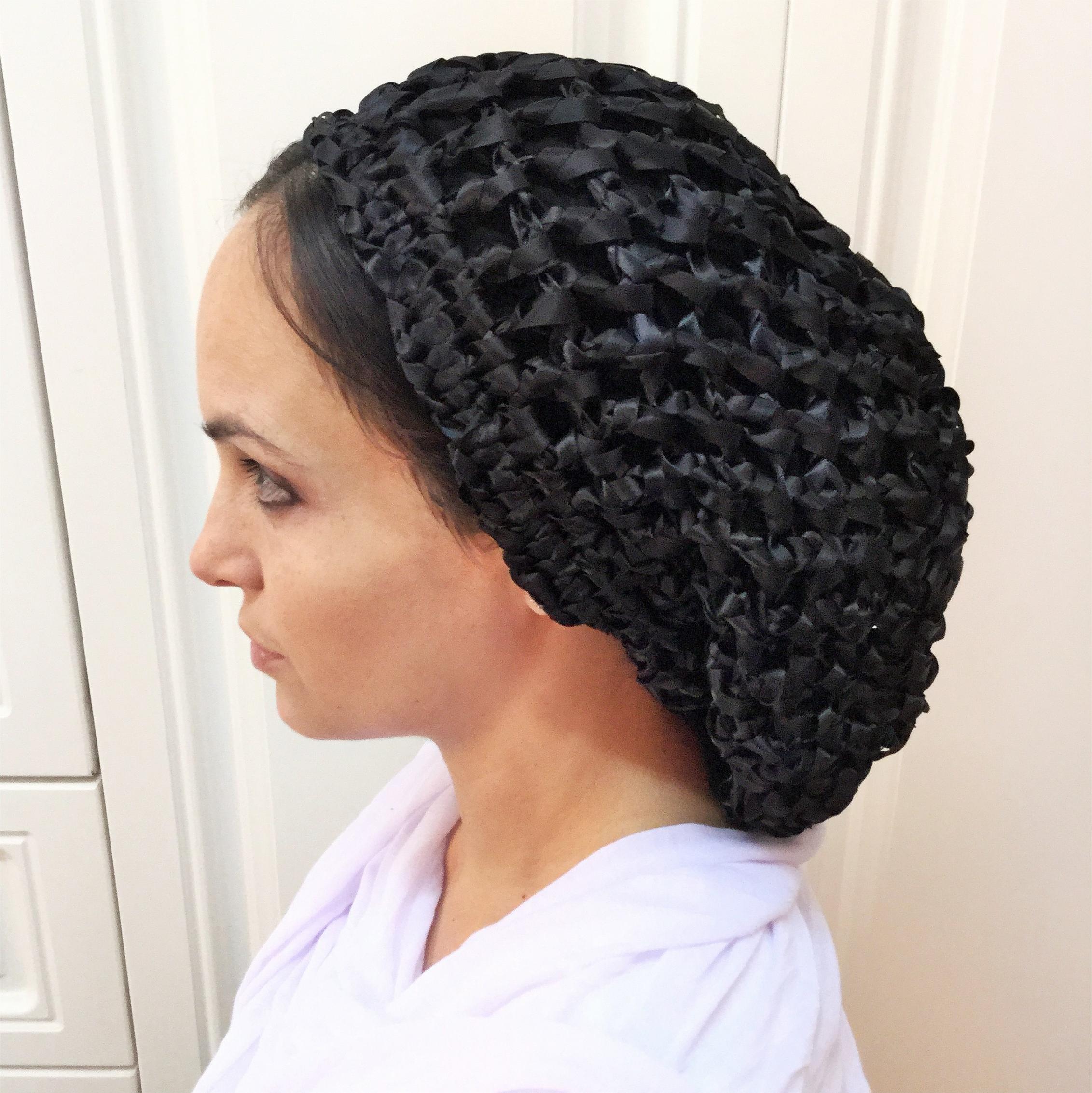
The bandana, a popular choice among Jewish women, offers simplicity and versatility. Easily tied into a knot within minutes, it features an elastic design with varying tail lengths. While prevalent in the Jewish community and Israel, the bandana has waned in popularity in the United States. Typically adorned with patterns, it can be styled with ends tied around the neck or left to drape naturally.
5. Snood
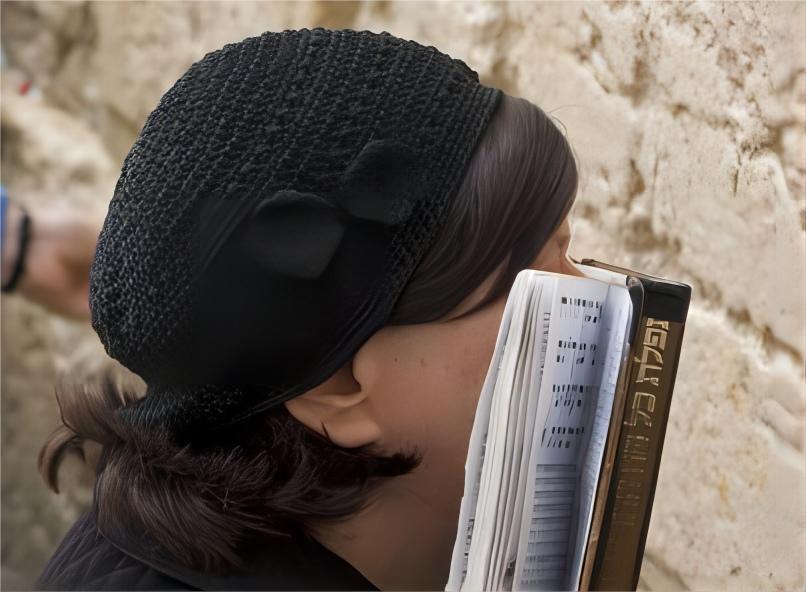
Once a staple for aristocratic women in the Middle Ages, the snood holds a unique place in Orthodox Jewish attire. Crocheted from chenille, yarn, and sequins, snoods emit a dazzling glow and come in beret-like shapes, often adjustable in length. Preferred by many women in Yeshiva and Hasidic communities, snoods differ greatly from their modern-day use as mere accessories.
6. Hat

Hats represent a common choice for hair covering, favored by Orthodox and Sephardic women who opt out of wearing wigs. From elegant berets for formal occasions to casual baseball caps for everyday wear, hats offer versatility and style. They can also be paired with other accessories to create distinctive looks, with the added benefit of providing warmth in colder climates.
7. Beanie
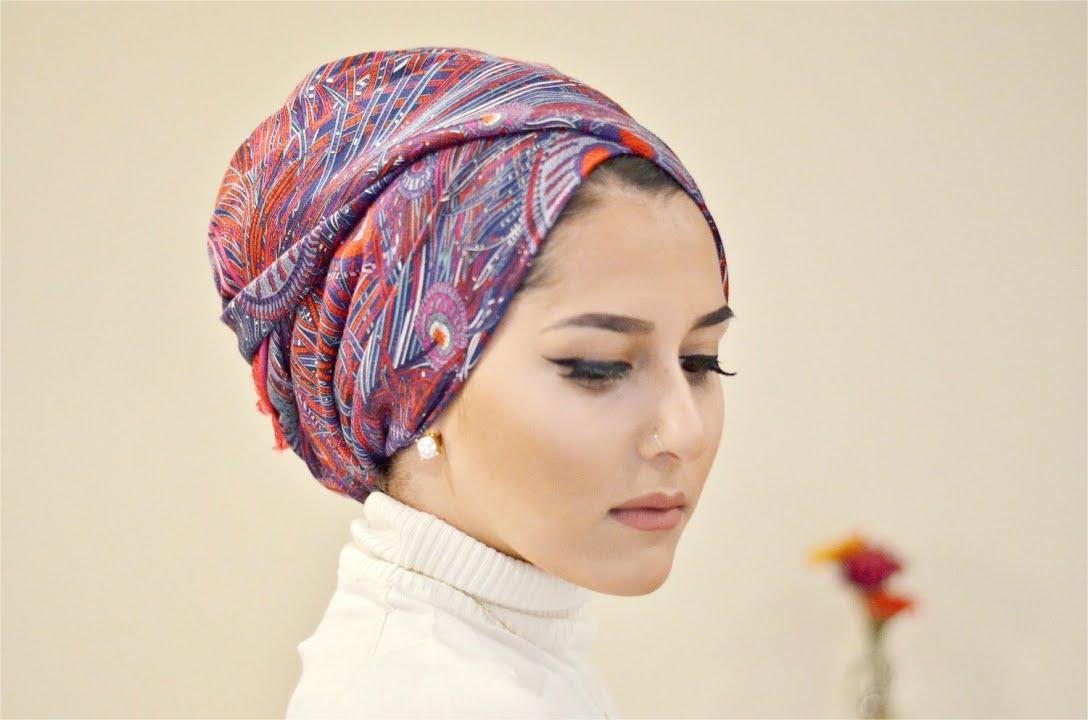
Considered the epitome of comfort in Orthodox Jewish circles, the beanie comes in various materials suited for different seasons. Cotton and modal fabrics are popular for spring and summer, while rabbit fleece and wool offer warmth in the fall and winter. Beanies come in a range of styles, from simple and understated to embellished with rhinestones or plush balls, catering to the preferences of Modernist and Yiddish communities alike.
8. Turban
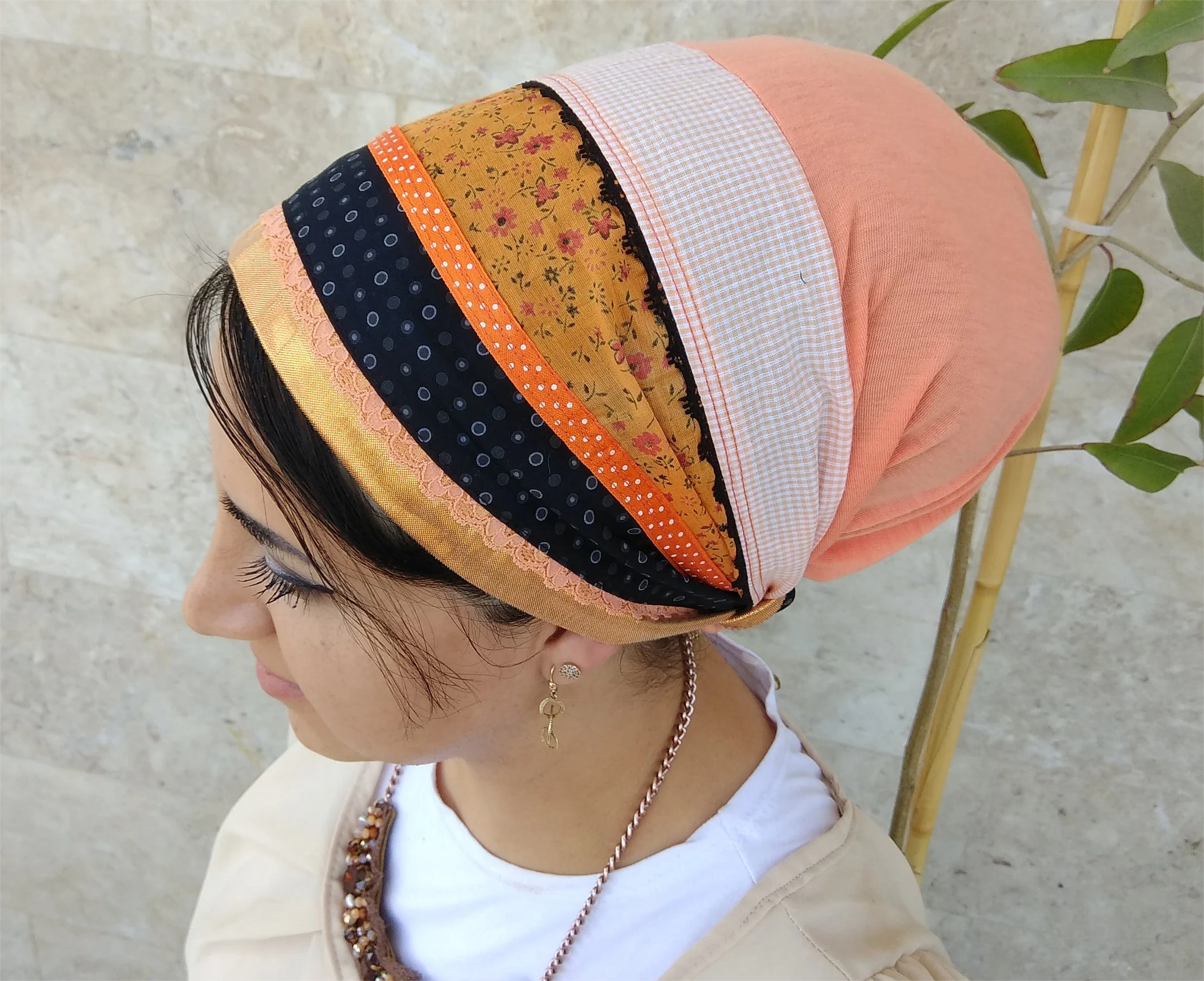
Turbans have surged into the forefront of fashion in recent years, captivating the likes of celebrities such as Jessica and Beyonce, who adorn them as striking yet reserved hair accessories. This trend has particularly resonated with Hasidic women, who opt for cone-shaped styles as an alternative to the traditional sheitel.
The Evolution of Hair Coverings for Jewish Women
The roots of this custom trace back to biblical times, where it served as a means to verify the fidelity of accused women. While the Torah mentions priests uncovering women’s hair during certain ceremonies, the Talmud later emphasized the obligation for women to cover their hair as prescribed by scriptures, establishing it as a longstanding tradition.
However, interpretations varied over time. The Mishnah, for instance, faced scrutiny for suggesting that unmarried women left their hair uncovered while only married, divorced, or widowed women covered theirs—a practice seen as an act of modesty rather than a strict obligation.
In the Talmudic era, opinions shifted further. Initially asserting biblical origins for hair covering, later iterations recognized it as a communal code of conduct, subject to standardization regarding timing, occasions, and manner of covering. Rabbis viewed women’s hair as symbolizing sensuality, drawing from biblical imagery likening it to a herd of goats—a symbol of purity and beauty. While the Bible praised the lover’s face, it didn’t mandate face coverings for Jewish women.
In the late Medieval period, German commentator Mordecai Ben Hillel Hakohen challenged prevailing views, arguing that the rabbis’ understanding of modesty was narrow and influenced by subjective community standards, liable to change over time.
Reflecting on history, it’s evident that hair covering was widely practiced during the Talmudic era, as documented in rabbinic literature.
The Bava Kamma recounts a scenario where a husband exposing his wife’s head in public is condemned as a breach of social etiquette. This anecdote illustrates that while the practice existed, it couldn’t be strictly attributed to religious obligation. Another tale tells of a mother with seven sons, all becoming high priests. When asked about her parenting secret, she attributed it to her unwavering commitment to covering her hair, even when alone. Her devotion transcended mere religious observance, hinting at a deeper personal piety.
While a handful of traditional rabbis have revisited interpretations of hair covering laws, women have historically taken their own initiatives. In the 1600s, French women ignited a rebellion by adopting wigs to conceal their hair. Despite resistance from rabbis who deemed it immodest and reminiscent of non-Jewish trends, this act marked a shift in autonomy.
Throughout the Middle Ages, Jewish authorities emphasized the importance of women covering their hair, citing the story of Sotah as precedent. Although not explicitly part of the 613 commandments, Maimonides stressed the necessity for women to cover their hair outside the home, underlining its significance in marital dynamics. The Shulchan Aruch reinforced this obligation for both married and unmarried women in public, with Ashkenazi rulings applying it strictly to the married.
The mystical text Zohar further entrenched the tradition, attributing mystical importance to ensuring not a single hair remained exposed, bolstering its popularity among adherents.
Why Jewish Women Wear Hair Coverings?
1. Laws

Jewish law mandates women to cover their hair post-marriage, prohibiting its display to any men except close relatives. While the law is clear about public appearances, debates persist over requirements within the private sphere. Some advocate for coverings even at home, while others suggest exceptions in the absence of unrelated men.
Specific standards regarding coverage vary, with interpretations differing on the extent of hair concealment. Wearing a hair covering signifies reverence for God and communal belonging. Practices like head shaving vary among Hasidic women, reflecting personal choices within the community.
Exploring Jewish Values and Traditions
2. Value
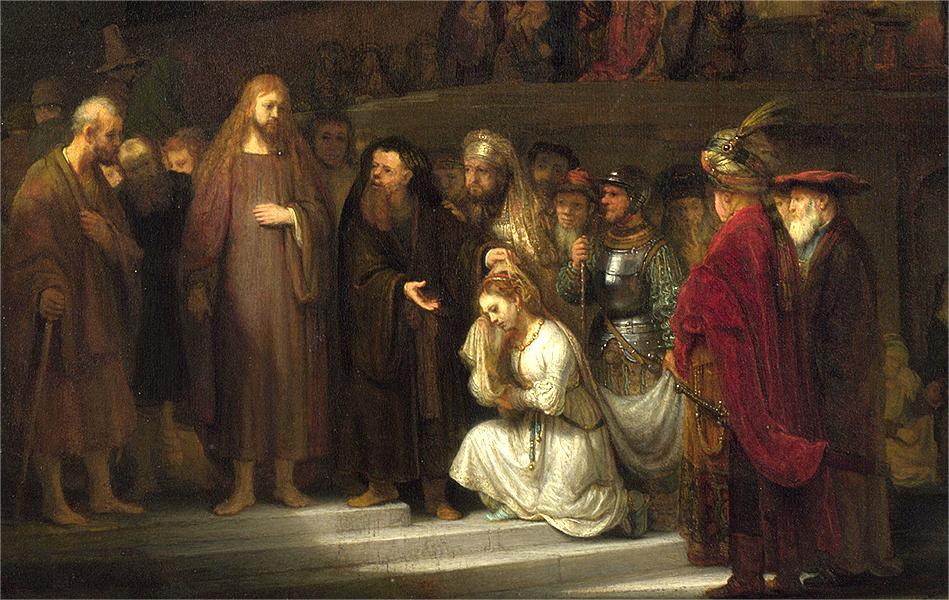
In Jewish tradition, modesty holds immense significance, deeply ingrained in the cultural fabric. Unlike some beliefs where modesty conflicts with beauty, Judaism views them as intertwined. Inner beauty thrives under the shield of modesty, manifesting through speech, attire, and demeanor. Jews prioritize humility, reflecting their reverence for God and the pursuit of inner richness over external appearance. Simple attire and a modest demeanor allow their true selves to shine, emphasizing substance over superficiality.
Another crucial value is piety, intertwined with the sanctity of hair in Jewish belief. Hair symbolizes individuality and sacredness, deserving respect and protection akin to holy scriptures. Upon marriage, a Jewish woman’s hair becomes a cherished aspect shared solely with her spouse, signifying a union of souls and mutual guardianship.
3. Religion

Judaism’s religious practices and beliefs are deeply rooted in the biblical narrative, tracing back to the covenant between God and the chosen people. The Torah, their sacred text, outlines divine laws and teachings, guiding Jewish life and rituals. Synagogues serve as places of worship, led by rabbis, while prophets communicate divine messages. The Star of David, hamsa, and yarmulke symbolize religious devotion, increasingly embraced in daily life by many Jews. Through rigorous study and interpretation of ancient texts, rabbis formulated customs such as married women covering their hair, shaping Jewish tradition over time.
4. Denominations
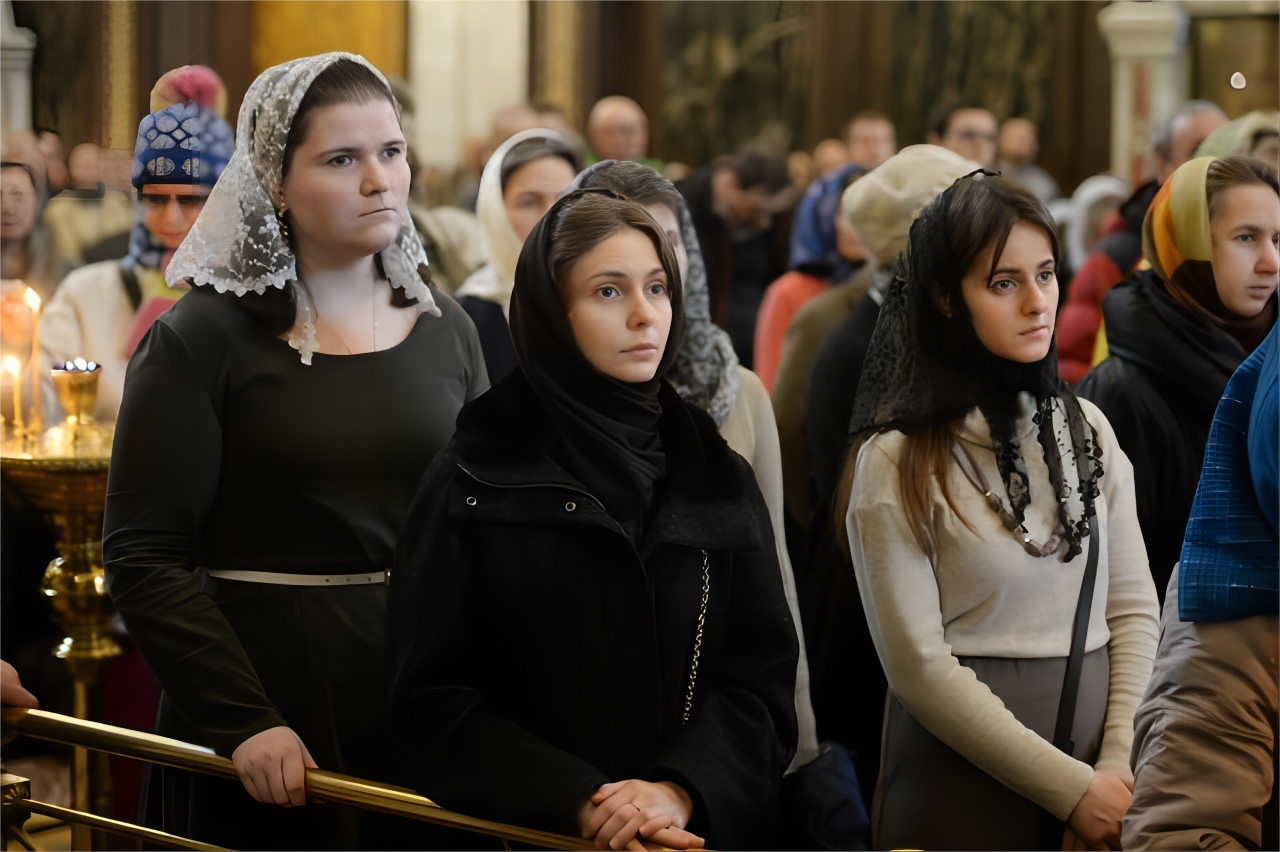
Contemporary Judaism encompasses a spectrum of denominations, with Orthodox, Conservative, and Reform movements being the most prominent. However, other denominations like Reconstructionist and Karaite Judaism often receive less attention. Each denomination interprets Jewish law differently, influencing their approach to hair covering.
For Reform Jews, characterized by their emphasis on innovation, personal interpretation takes precedence over strict adherence to tradition. They question historical hair covering rules, viewing some as oppressive relics of patriarchal societies. Reformers advocate for individual autonomy, allowing Jewish women to choose whether to cover their hair based on personal preference rather than obligation.
In contrast, Conservative Jews view hair covering symbolically, considering it a safeguard of privacy and a sign of loyalty to family and community. They uphold tradition as a cultural legacy passed down through generations, seeing hair covering as a status symbol and tradition to be preserved.
Orthodox Jews strictly adhere to divine law, considering hair covering mandatory for married women as prescribed by God. It signifies marital status and requires women to maintain modesty and distance from men other than their spouses. While modern Orthodox women may not cover their hair daily, they typically wear coverings like scarves or wigs when attending religious services.
5. Preference
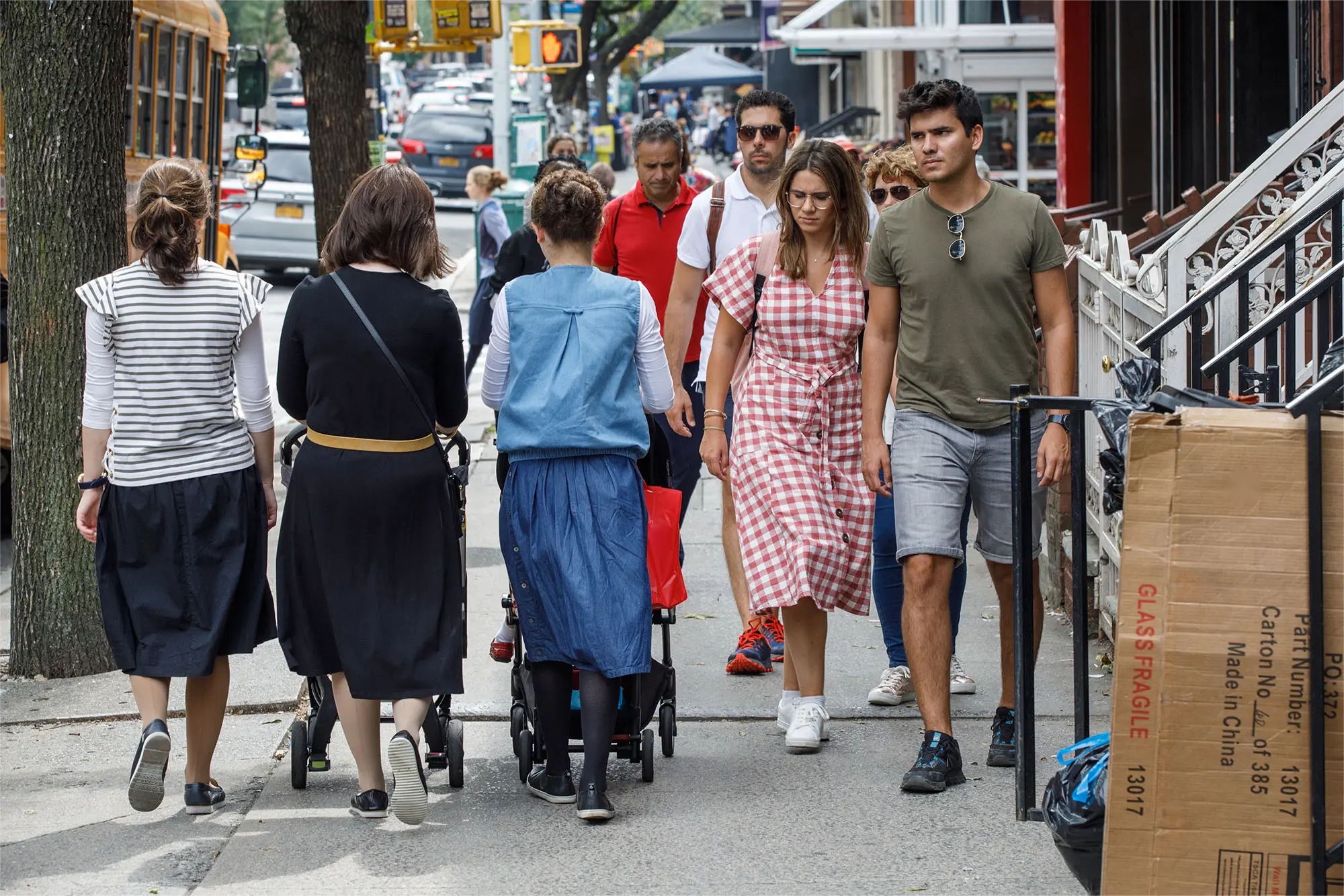
Modern Jewish women exhibit diverse perspectives on hair covering practices. Unmarried women often have the freedom to decide whether to cover their hair, while married women may choose their preferred type of covering based on personal preferences or community norms. Some women, particularly the younger generation, delve into research to inform their decisions, prioritizing personal conviction over familial or communal expectations.
Final Thoughts
Whether you seek spiritual connection or cultural understanding, we trust this article has shed light on the rich tradition of hair covering in Judaism.
From its historical roots to contemporary practices, we’ve explored the significance of hair covering in Jewish culture. Should you have any inquiries or feedback, please don’t hesitate to reach out.
Remember, hair coverings serve as personal expressions of faith and identity. We encourage you to explore the diverse options available and embrace the style that resonates with you.
Image credits: Google, Pinterest, YouTube.
